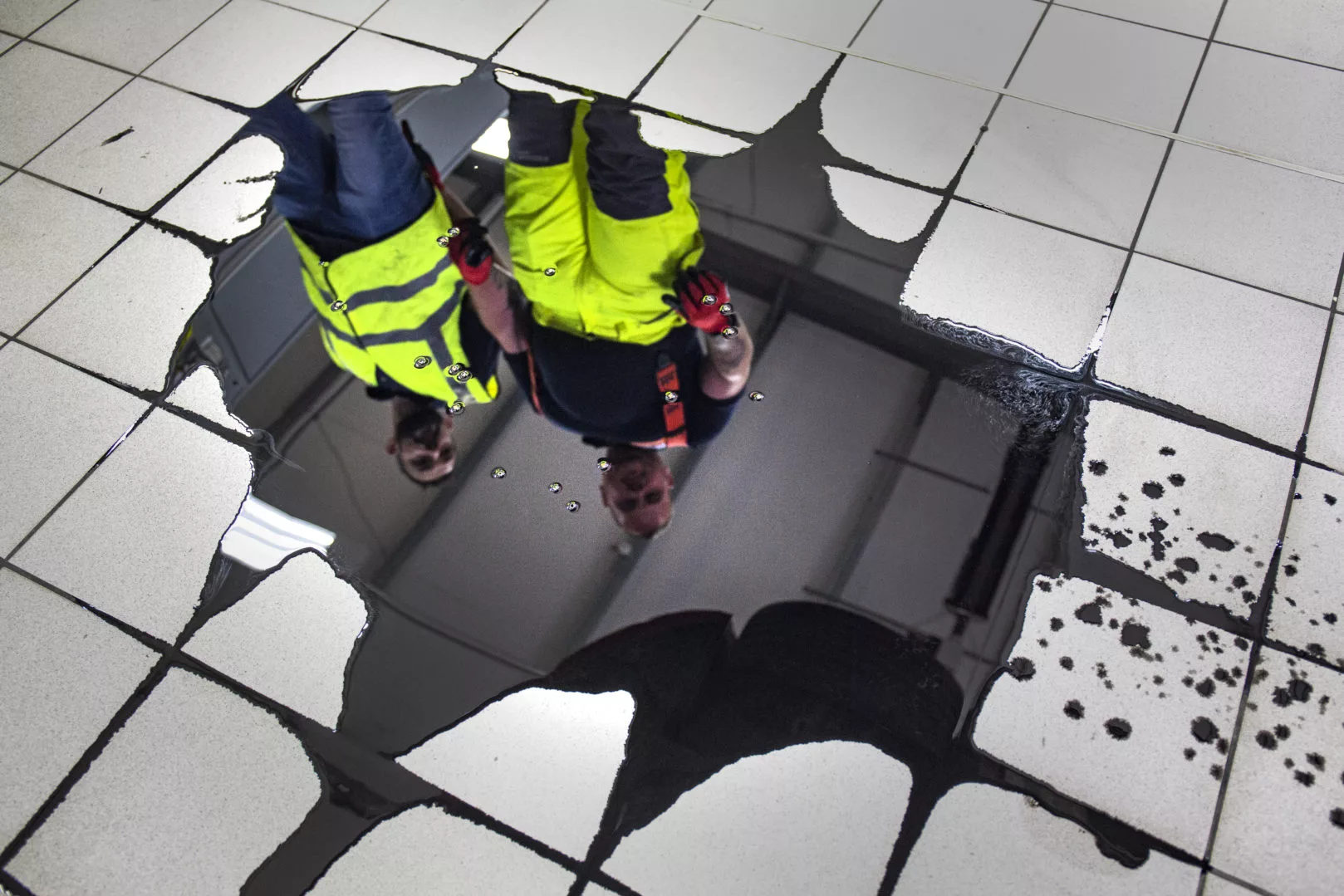You will need to know about fuel and oil storage regulations in the UK if you have an oil storage container at your premises – this can be a business, a farm or just a residential property. These regulations vary depending on what the function of the property is, so it is worth considering each one individually.
Fuel & Oil Storage Regulations for your home
If you have an oil storage container at your home, you should expect to have to follow building regulations during its installation. It is preferable that you select someone who is part of a ‘Competent Person’ to carry out the installation. These are registers of tradespeople that have proven their ability to carry out work to certain standards, to meet building regulations.
If you end up using a person that isn’t registered to a ‘Competent Person’ scheme, then you will be required to get a Building Control Notice from the local council, which will mean you will have to pay to have the work inspected. If it is decided that building regulations have not been met, then the person installing the tank may face prosecution, and you may be forced to pay to fix the faulty work.
You may also be required to have a secondary containment, known as a bund, if it is deemed necessary by the person who installs the tank during their risk assessment. A bund is designed to contain the fuel or oil in the event of a spillage, and must hold at least 110% of the container’s capacity and be impermeable to water and oil.
If the container can hold 3,501 litres or more, you need to follow the fuel and oil storage regulations for businesses.
Fuel & Oil Storage Regulations for businesses
These regulations apply to any business that has an oil container that can hold 201 litres or more of any of the following: diesel, petrol, biofuels, vegetable or plant based oil, biodegradable oils, kerosene, synthetic oil (like motor oil), oils used as solvents or liquid bitumen-based products (like waterproofing or damp proofing products). There are exceptions to these regulations, which can be found on the government website.
Once again, you will be required to use an installer who is registered with a ‘Competent Person’ scheme to install your container and perform the risk assessment. As a business, you are responsible for pollution that is caused as a result of issues with your storage container. It is, therefore, vitally important that you comply with all of the regulations found here, on the government website. The main elements are:
- Design – a fixed tank must be made to British standard 5410 (or OFTEC standard OSTT100 for plastic containers, or OFST200/British Standard 799-5 for metal containers)
- Position – is your storage container in a place that minimises risk (away from driveways, turning circles etc). If a collision is likely, have you taken steps to protect the container?
- Remote filling – if you fill the container remotely, have you installed a drip tray to prevent spillage?
- Secondary containment – all fixed tanks must have a bund, which must hold 110% of the tank’s capacity. They have their own design standards which must be adhered to.
- Additional requirements – sight gauges must be fitted with a valve that closes when not in use, pipes must be positioned in a place that minimises risk, pumps must have a valve to prevent the tank emptying in the event of damage to the pump.
This gives you a good outline of the requirements, but it is important that a thorough safety check is completed to ensure that you comply fully with government guidelines.
Fuel & Oil Storage Regulations for farms
Farms are one of the more complicated areas when it comes to fuel & oil storage regulations. Basically, the requirements change depending on what you are using the fuel for, which could fall into one of the following categories:
- To provide heat for your farmhouse
- For power or heat for your agricultural work, such as fuel for a farming vehicle, or to run a grain dryer
- For a separate part of your business, such as fuel for vehicles that you hire out to external customers (for this you can see the ‘business’ section above)
You will need to decide which category you fall into, and then follow those individual guidelines.
One aspect that will apply to all of these, though, is that you must have your storage container inspected by a professional every year. They will inform you as to when it will need replacing.
What to do in the event of an oil spill
If you are unfortunate enough to suffer an oil spill, you will know that there is no time to lose. The risk to the health of the people in the area, plus the serious threat to the environment mean that you will need to get the entire area cleaned up as soon as feasibly possible. If it is at your business, you will know that you will not be able to get back to working at full capacity until it is dealt with.
At Ideal Response, we can be onsite within 2 hours of receiving your call. Our team of highly trained experts, using our specialised Lubetech technology (which is environmentally friendly) will be on hand to clear up oil spills of any scale. First they will contain the spillage, before then moving to clean and decontaminate.
If you find that there is an overpowering smell in the aftermath of a spill, we can even provide you with an odour neutralisation service, which will completely eradicate any lingering foul smells.
If you would like to find out more about our oil spill clean up services, get in touch with us today.



